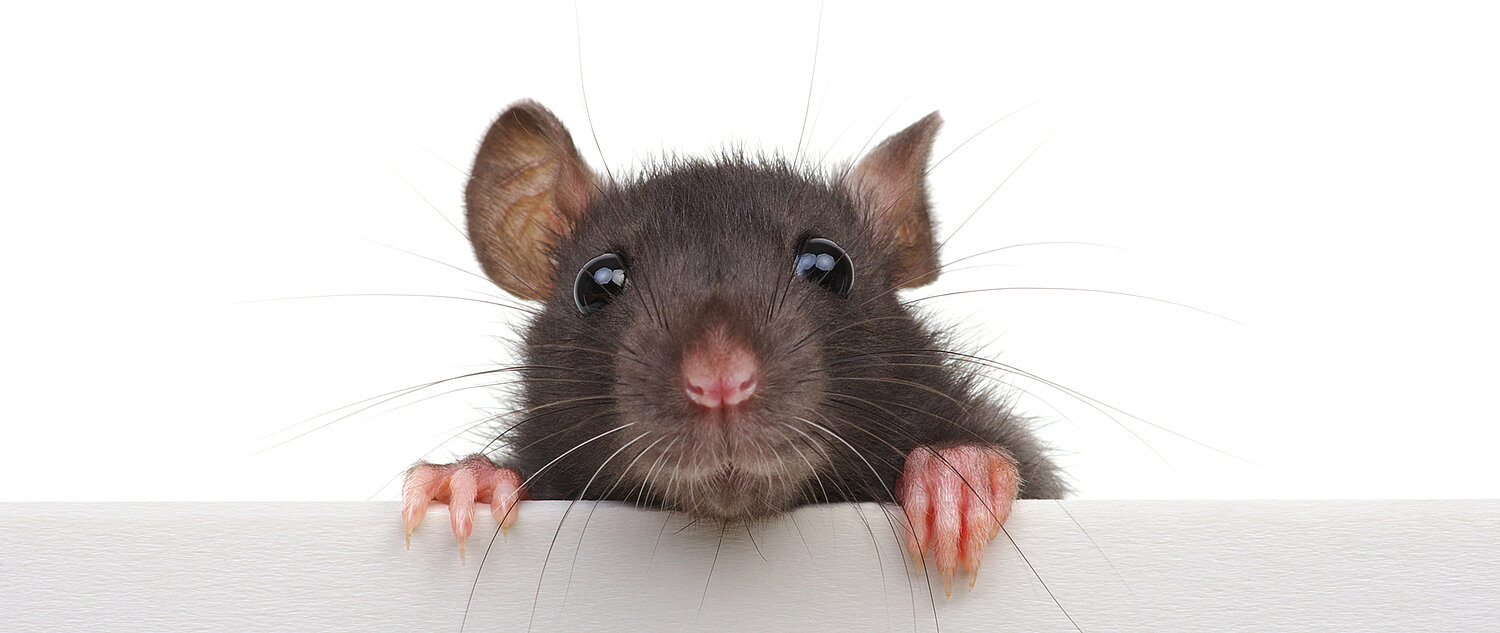Is the ability to hear the similarity between High C and Low C part of human nature or is it culturally learned? Octave equivalence, as scientists call this ability, plays a role not only in music but also in language acquisition. Because we perceive sounds that are separated by an octave as similar, we can see melodies as belonging together regardless of pitch and sounds as belonging together despite differences in frequency.
"We don't need to be taught this, we do it automatically, for example when we sing together, simply because we have different pitched voices," says Marisa Hoeschele of the Acoustics Research Institute at the Austrian Academy of Sciences (OeAW). Of the two tones in an octave, one has twice the fundamental frequency of the other, she explains. "A child trying to imitate an adult’s voice often uses the first overtone, which is an octave higher, to imitate the lower frequencies," says Hoeschele.
Experimentally training rats to produce sounds
But how do animals perceive the equivalence of octaves that we take for granted? This is what the two OeAW researchers Bernhard Wagner and Marisa Hoeschele wanted to find out. The results were recently published in the journal Royal Society Open Science.
To investigate how rats react to sound, the sound researchers played various notes to the animals in the laboratory. The rodents were rewarded with food, if they responded to certain tones - such as E, F, Fis and G, i.e. the middle 4 notes in an octave between C and Bb. The researchers then played them other tones as well as the same notes in other octaves.
Octave equivalence demonstrated in rats and dolphins
The result: the laboratory rats reacted to notes that were an octave apart. For the scientists around Marisa Hoeschele and Bernhard Wagner, this is an indication that rats perceive these tones as similar despite the different frequencies. But why rats? As early as 1943, a study claimed that rats have octave equivalence, Hoeschele explains. However, because the study was flawed, these early results were doubted for a long time.
Her laboratory experiment now suggests that rats communicate with each other through sounds and have a finer acoustic perception than previously assumed. Hoeschele: "Rats produce clear overtones that may play a role in their communication." Why is that relevant? "The first overtone is always an octave for all animals, including humans. When an animal imitates an octave of a tone, it also imitates half of the overtones," Hoeschele explains. As tests have already shown, they share this ability with other mammals such as dolphins.
Nature or nurture?
Does this apply to all animals? The answer: No. Hoeschele and her team have tested hearing perception in various bird species and common marmosets. The experiments have shown that these animals do not perceive octave equivalence. With further research, preferably with animals that have different pitches, the sound researchers want to discover how widespread octave equivalence is in the animal kingdom and what evolutionary advantages it offers.

